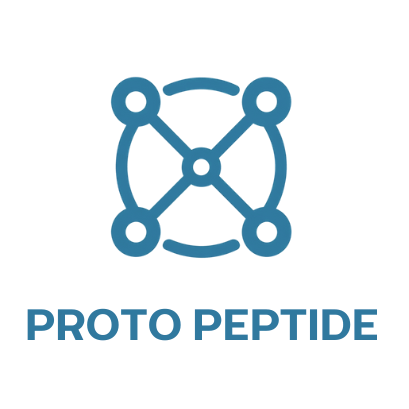Peptides and Joint Support: What the Research Says About Cartilage and Mobility
As research continues to evolve, peptides like TB-500 and BPC-157 have drawn growing interest for their roles in joint support, connective tissue repair, and overall mobility. These compounds are being explored in laboratory environments for their potential to promote recovery in models involving tendon, ligament, and cartilage injury—areas that are notoriously slow to heal.
Understanding Joint Repair Challenges
In both clinical and preclinical research settings, joint and connective tissue injuries represent a significant challenge due to poor blood supply, inflammation, and scar tissue formation. These obstacles slow the body’s natural repair mechanisms. Peptides offer a novel direction in understanding how to influence cellular signaling, inflammation regulation, and tissue regeneration in such scenarios.
TB-500 and Cellular Mobility
TB-500, a synthetic peptide derived from thymosin beta-4, is widely studied for its potential effects on actin regulation and cellular migration. In research models, TB-500 has demonstrated activity that may enhance angiogenesis (the formation of new blood vessels), reduce inflammation, and support the regeneration of damaged tissues. These properties make it a promising candidate in studies focused on tendon and ligament repair.
BPC-157 and Connective Tissue Healing
BPC-157—a peptide originally isolated from a protective protein found in the stomach—has shown robust results in rodent models for promoting healing in ligaments, tendons, and muscle tissue. Its mechanisms may involve upregulation of growth factor receptors, angiogenic pathways, and modulation of nitric oxide synthesis. Some studies have even explored its application in Achilles tendon ruptures and medial collateral ligament damage models.
Complementary Effects in Research Blends
When combined in research formulations, TB-500 and BPC-157 may exhibit complementary mechanisms. One focuses on cellular migration and vascular growth, while the other influences inflammatory resolution and local regeneration. The synergy is being explored in experimental setups evaluating faster and more complete healing responses in connective tissue injuries.
Looking Ahead
Though these peptides are not approved for human or veterinary use, their applications in laboratory-based joint repair models represent a growing field of study. Ongoing investigations are seeking to map out the molecular signaling pathways and potential combinatory effects that could open new doors in regenerative research.
Disclaimer
This content is for informational and research-related purposes only. The peptides mentioned in this article are intended strictly for use in controlled laboratory settings by qualified professionals. It is not approved for human or veterinary use. Always follow your institution’s guidelines and consult safety data sheets (SDS) before handling any research chemical.
